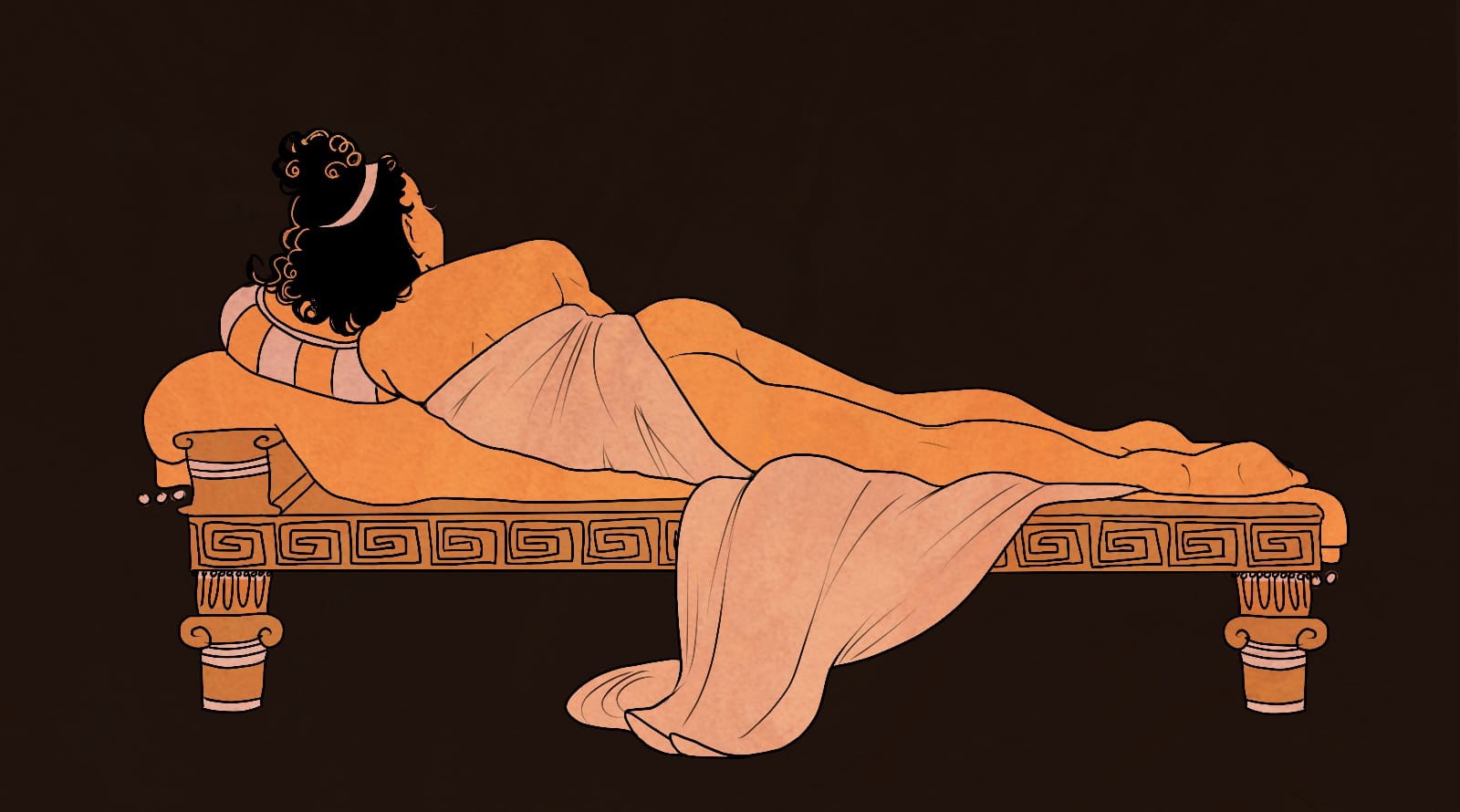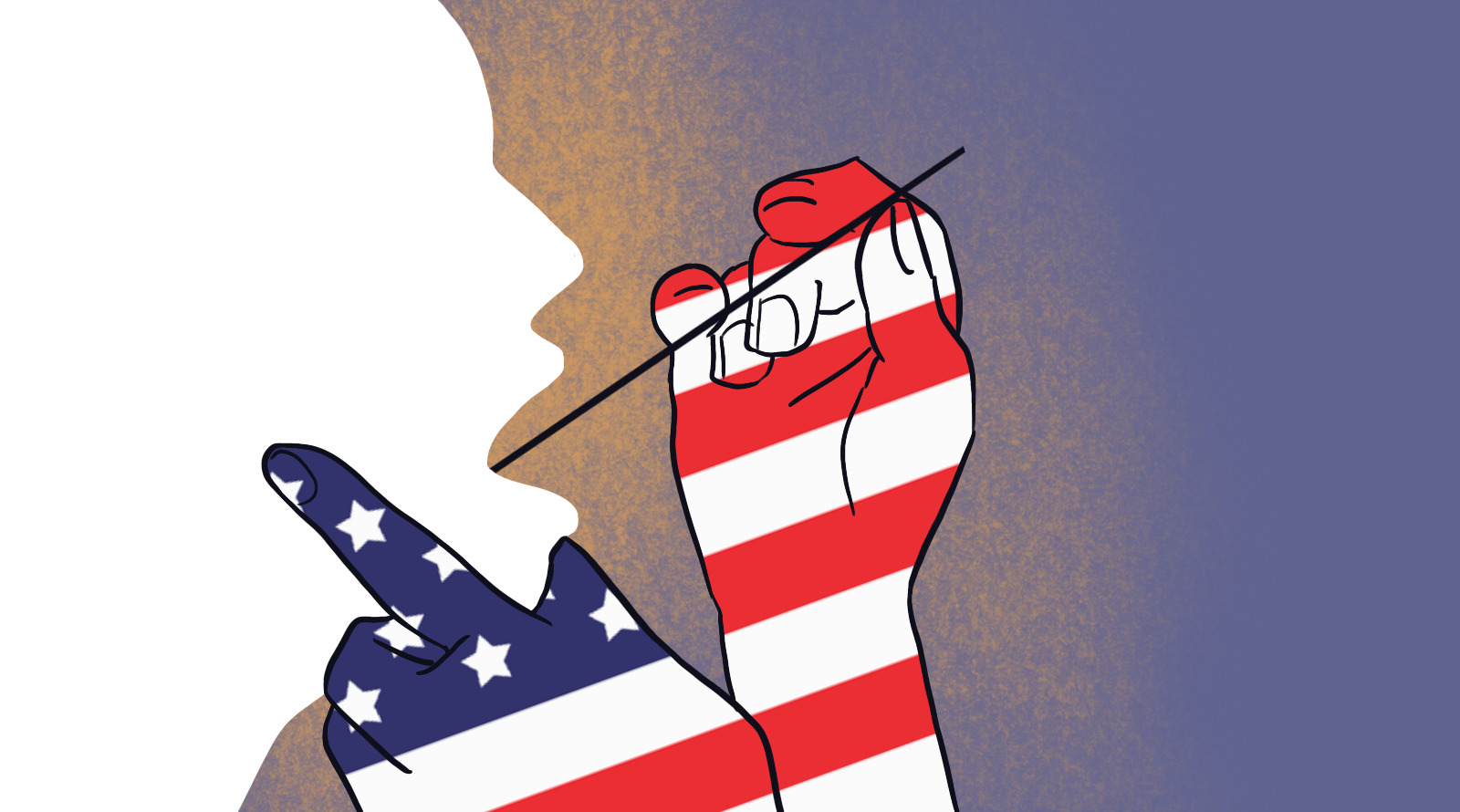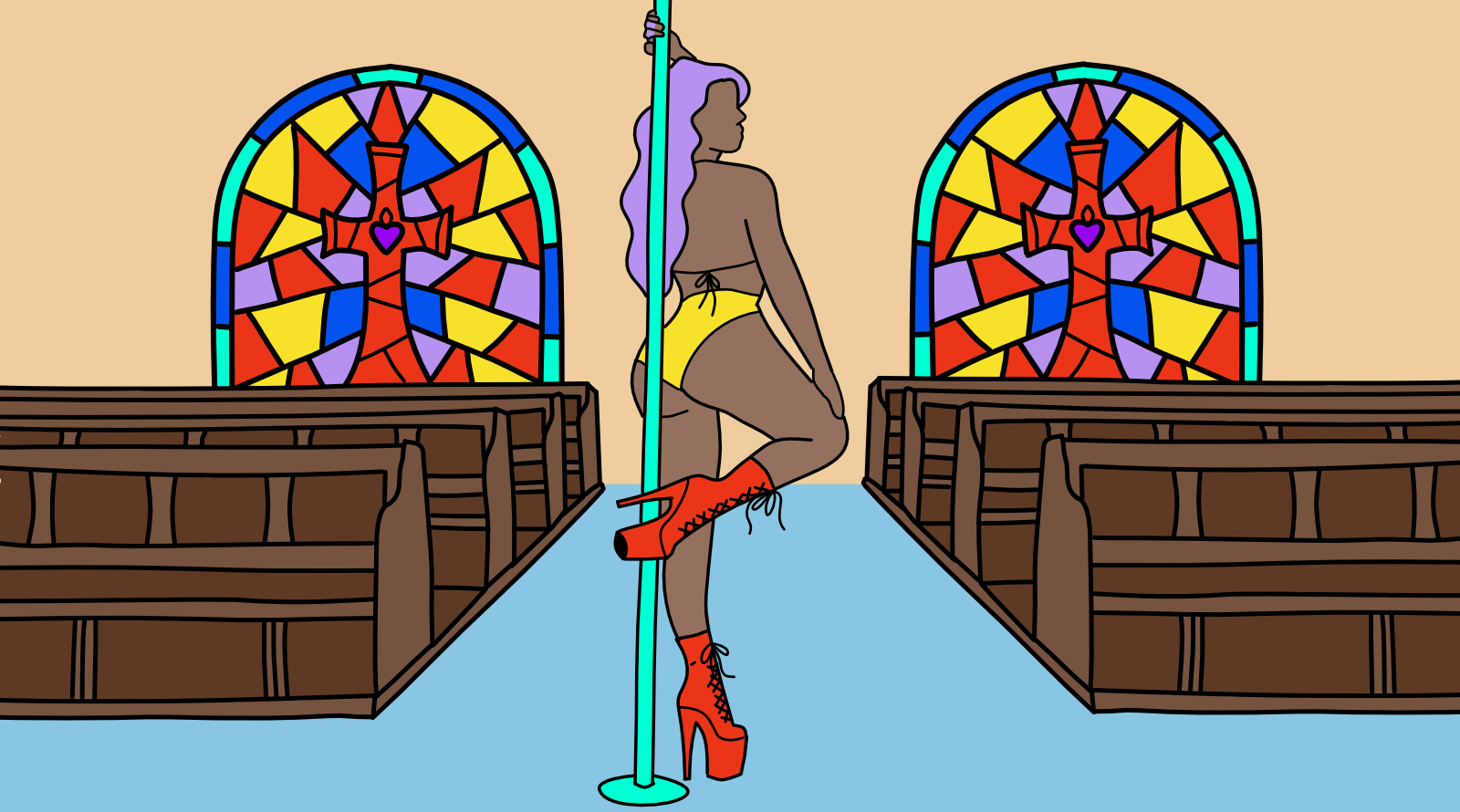Editor’s note: this article contains mentions of forced medical transition, outdated language use - particularly around intersex bodies, and medical slurs.
1257 Observations
Madame Émelie Estelle Gauthier’s business card is tucked in amongst the sheets of paper. It reads: ‘Madame Gauthier visible Tuesdays, Wednesdays, Thursdays and Fridays, from noon to six o’clock.’ 13 words from Madame Gauthier’s police surveillance file, written between 1876 and 1878. She was under surveillance for suspicion of Prostitution. In 19th century France, sex workers were required by law to register and undergo mandatory health screenings. They were confined to working in ‘tolerated establishments’. France championed the regulatory model, causing its quick spread throughout Europe. Madame Gauthier, by all accounts, was not registered. She charged a sliding scale of 100 to 200 francs per hour, depending on her visitor’s stature. The reason Gauthier evaded prosecution charges was that the police could not prove her actions were of sexual nature. The notes read that she was ‘a female hermaphrodite’ who ‘allegedly had herculean strength’ with genital organs so ‘unique that she derives profit from them’. We do not know if Gauthier provided sexual services to her clients, but it seems she did perform house visits.
Another 13 words: ‘21 year old prostitute known for her strength. Male behavior. Residing in brothel.’ A few lines down, another record, describing a person formerly working as a carpenter, now ‘traveling the world to show himself publicly for money.’ The report tells me that he/she/they had their marriage annulled due to a presumed ‘erreur de sexe,’ a term describing an ‘incorrect’ sex-assignment at birth during the 18th and 19th century. Neither the word intersex — nor transgender — were in use at the time. The bodies in question were considered ‘hermaphroditic’.
The stories I am searching for are hidden within the pages and pages of medical reports, written by doctors who’d embarked on answering two questions they deemed vital to their scientific quest: Are there bodies who are truly neither male nor female? And if not: What’s the sex of the body in question? In France, this quest was initiated by the legal requirement to assign a newborn’s sex within three days. The doctors attending their birthing patients saw themselves responsible for a decision vital to the child’s subsequent — highly gendered —- life path.
Examinations are followed by reports, publications, dissertations, conferences and an increasingly public back and forth between opinions on this body or another. The medical world pours into the cultural and legal realities of the time. The ‘hermaphrodite’ morphs from a source of fascination into a symptom of a falling society. War and economic hardship cause a steep drop in population growth across European countries and somehow, ‘hermaphrodites’ - now not only a physical but a mental category – are partly responsible. While the medical profession had never been able to agree on whether hermaphrodites are ‘true’ or ‘pseudo’ the beginning 1900s saw the binary understanding of sex written into law in most European countries.
By the end of it all, the hermaphroditic body is an impossibility. What remains are thousands of case studies, describing the physical features of their subjects in excruciating detail. One prolific German researcher collects and categorizes over 3000 of them. He neatly ordered every report into categories and gave every case a number. The book – ”Hermaphrodism in Humans” – is heavy. The librarian informs me that reading is only allowed under the fluorescent lights of Berlin’s national library. The pages are yellow and frail, I have to carefully turn them with my gloved hands. What I see are concealed faces. Blind folded eyes, hands shielding facial features, pieces of cloth made to mask, heads just out of frame, backs turned– next to exposed bodies. Legs spread, genital areas pulled apart by hands, sometimes hooks, occasionally a detailed drawing if the camera lens did not satisfy the examiner's need for closeness.
What I see are concealed faces. Blind folded eyes, hands shielding facial features, pieces of cloth made to mask, heads just out of frame, backs turned– next to exposed bodies.
If I hadn’t been a sex worker for most of my adult life, the combination of covered faces and naked bodies would not have been familiar. Nor would I have stopped turning pages at the sight of Louise Julie Anna, a 19th century sex worker whose quest to find a surgeon led to her being examined four times by different doctors. I see two drawings of Louise, naked, her hands held behind her head, her weight slightly shifted into her front foot. Her pose is familiar. I’d stood, just like this, under the cold light of the largest room at the brothel. One of the walls covered by a giant mirror, I’d look at him looking at me, tracing my biceps with his gaze, phone in hand, asking: ‘May I save this for later?’.
Madame Gauthier, Louise and the renowned 21 year old colleague all find themselves categorized under ‘Hermaphrodites and Prostitution.’ It’s a crowded category, including unregistered sex workers, those accused of soliciting, of deviant sexualities, of cross-dressing in public and those accused of knowingly marrying a person of the same-sex by concealing their bodies’ ambiguities. The stories of refusal are hidden in between the detailed descriptions of their bodies, voices, habits and clothes. They refused to not-marry, refused to not-fuck, refused to live in poverty, refused to comply with a court-ordered sex-change, refused to stop seeking doctors until one said yes to what they needed. Different times, similar means: Louise did not tell her doctors of one another. I used to lose my files. For a body made public, restricting access is a means of quiet resistance.
It’s the combination of the advent of photography and the evolution and insistence of medical authority over sex assignment that made the hermaphroditic body publicly accessible. These images created an aesthetic of access and deviance echoing through today’s sites, like Adultwork and Pornhub. They also created a paradox. The intersex body does not exist, but exists to be touched. It’s not real, but it owes answers. It’s responsible but phantastical. Covered faces and naked bodies. Despite – or because of – the statistics on job-market access and economic instability, it is this paradox that causes so many gender deviant bodies to build themselves a home in the sex industry: What could be more sex work than to be both touchable and illusive? To morph with the rhythm of someone else’s questions? To look at someone looking at you?
I read the phrase ‘shows him/her/themselves for money’ again and again. Making a living by becoming a subject of (medical) examination was a viable option for intersex individuals at the time. What happened during the complementary private visits is unknown. So are the voices of the people I read about. As I find solace in their existence I have to remember that I do not read their words, but those of the men who examined them. The few direct quotes I find are treasures, little moments of refusal I hold dear. As this dismissal of a very curious doctor: ‘Now if god made me in such a way, no doctor shall change it. So why should I seek the company of medical men?’.
The research above was undertaken for the creation of ‘JUICE’, a performance piece staging at Volksbühne am Rosa-Luxemburg-Platz Berlin on the 3rd and 4th of December, as well as the 28th & 29th of December and 17th and 18th of January. Tickets & more here: www.river-roux.com.
Are you a sex worker with a story, opinion, news, or tips to share? We'd love to hear from you!
We started the tryst.link sex worker blog to help amplify those who aren't handed the mic and bring attention to the issues ya'll care about the most. Got a tale to tell? 👇☂️✨





